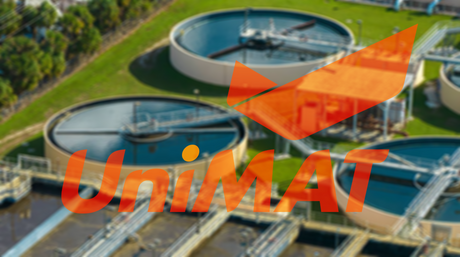
UniMAT IoT in sewage treatment equipment--A Case Study
By UniMAT
With the development of economy and society, the impact of water on people's life and production has become increasingly prominent. People's requirements for water quality and safety and reliability have...




